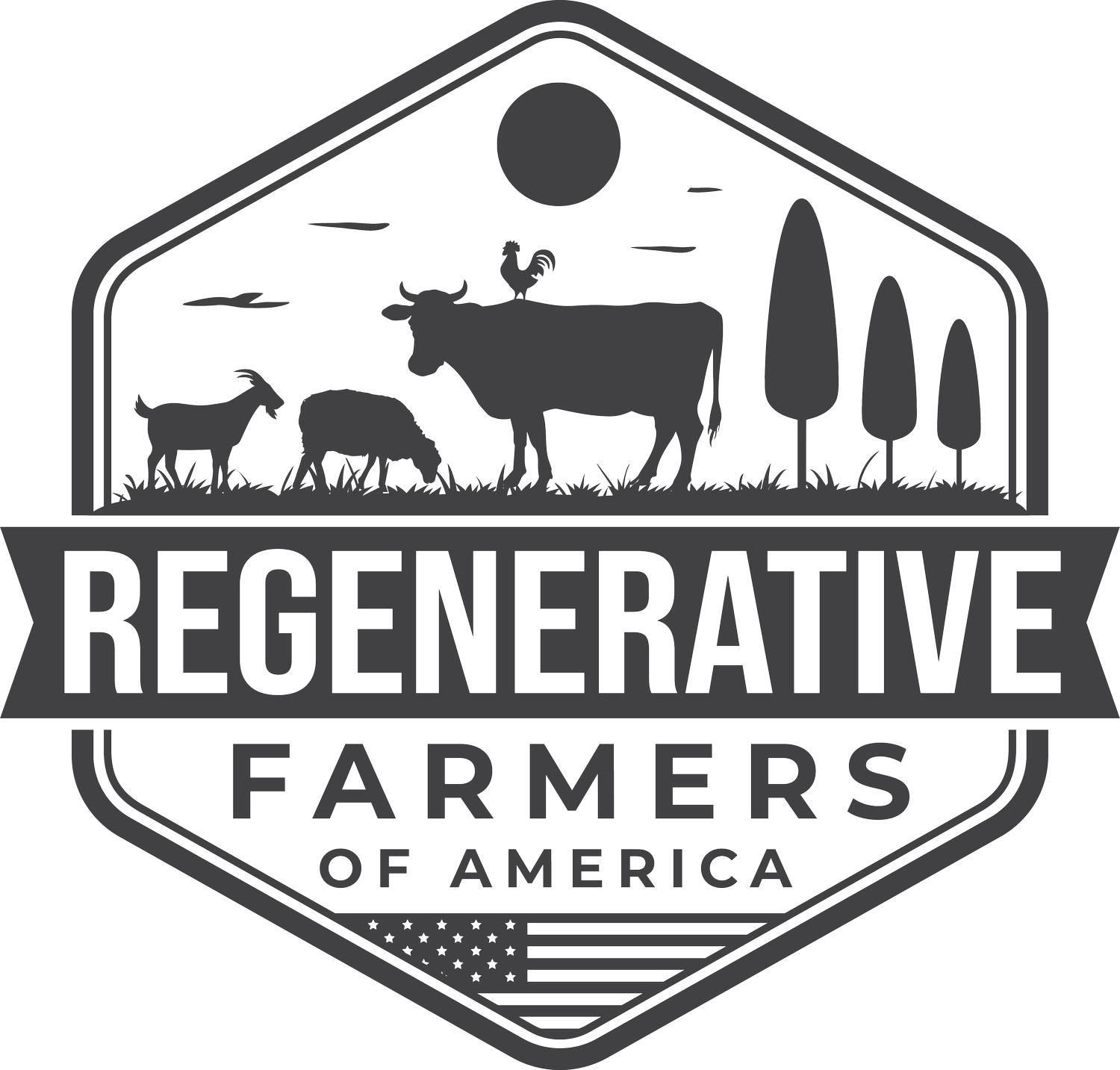What is Value Added & How Can It Make Farmers More Money?
If you grow food to sell to the public on a small or large scale, you’re probably always looking for ways to maximize your profits. These days, more and more consumers prefer pre-prepared, ready to serve food rather than raw cooking materials. Consequently, farmers are taking a huge financial hit. As a farmer, one way to increase your profit margin and spread out to a larger market is by introducing value-added products to your range.
What is A Value Added Product?
A value added product is when you take a raw product and change it somehow to increase its value and make it more appealing to a larger consumer market. Take strawberries. Rather than selling fresh strawberries by weight, straight out of the field, you can cook them into jelly and sell them in a jar, with your farm's unique logo and labeling, for example.
The idea is that you can sell fresh, homemade jelly for more money than raw strawberries. Thus, you increase your profit margin on the strawberries. As well as increasing your profit margin, you can also sell your strawberries all year round when they’re preserved in jelly.
In some cases, farmers or food businesses may be able to achieve a profit margin of 50% or more on value-added products
What Are Some Examples Of Value Added Products?
You can turn any product into a value-added product by processing it, packaging it, cooling it, cooking it or freeze-drying it. Going organic is also a way to add value to your products.
If you sell meat, you can increase its value by turning it into burgers or sausages.
You can convert dairy products into cheeses and ice creams.
For vegetables, try making pre-prepared soup packs, sauces or homemade vegetable stock.
You can turn your grains into bread and salads into mixed salad bags.
You can even make soaps and skincare products if you grow herbs and flowers.
Adding value to products is just a case of getting creative and thinking about the next stage of your product's journey on the consumer cycle.
Tips For Adding Value to Products
Adding value to products takes a lot of experimenting, planning, and research. Before you invest in a product, carry out thorough market research. Look out for niche areas, and make sure your value added product will sell. If in doubt, try your idea out on a small scale first.
It’s also important to acknowledge the cost to YOU of value-add. It will take time and labor to increase the value of the product. Make sure your higher price warrants the additional time, cost, or labor.
Additionally, don’t be scared to get creative and seek out expert advice if you need it. If you want to make jelly or sauces, for example, enlist the help of a chef.
Watch what brands are doing
There are many brands who have made their income by taking raw products and adding value.
A few examples are:
Serenity Baby Food - They offer value-added products made from regeneratively grown, organic ingredients that are carefully selected to provide optimal nutrition for babies and toddlers. The products are essentially pureed and placed in packaging perfect for toddlers to make this an easily accessible, shelf-stable product.
Fond Bone Broth - They produce high-quality bone broth that is regeneratively raised. The bones are simmered for hours to extract their nourishing nutrients along with delicious herbal flavors.
Wild Orchid Tea Company - Offers a range of value-added products made from regeneratively grown tea leaves and other botanicals, which are carefully harvested and blended to create unique and flavorful teas that make them easier to consume.
Conclusion
When you introduce value added products to your range, you can extend your selling season and open yourself up to a whole new market. Furthermore, you can have fun experimenting, and coming up with creative ways to sell your crops, while you increase the financial reward for all of your hard work.
